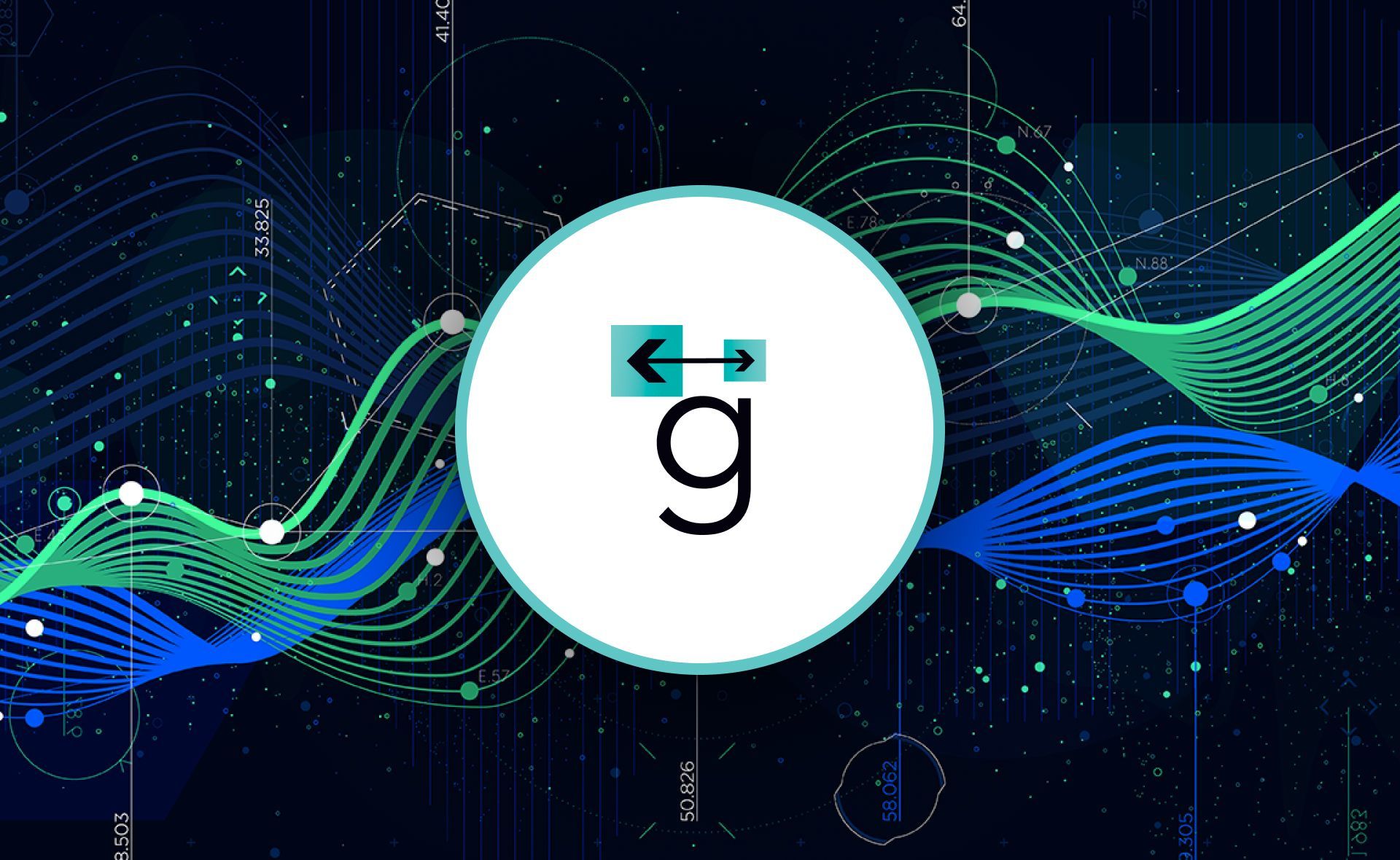Steps
1
Getting Started
2
Prepare Our IoT Usecase
3
Test Your Implementation
4
Conclusion
The Internet of Things (IoT) is rapidly expanding, connecting billions of devices and generating massive amounts of data. This data holds valuable insights, but it also presents challenges in terms of processing, analysis, and real-time decision-making. gRPC, a modern, high-performance framework for building APIs, and TIBCO Flogo® Enterprise, a lightweight integration platform, offer a powerful combination for tackling these challenges.
In this blog post, we'll explore how to leverage Flogo and gRPC to build a real-time IoT data processing and anomaly detection system. We'll demonstrate how to receive sensor data via gRPC, perform calculations, trigger alerts, and store the data in a PostgreSQL database. We'll also visualize the data using a time-series database, InfluxDB, and Grafana.
Why Flogo?
Flogo is an ideal choice for this use case due to its:
- Lightweight: Flogo's lightweight nature makes it well-suited for deployment on resource-constrained edge devices or in cloud environments.
- Event-Driven Architecture: Its event-driven architecture enables efficient processing of real-time sensor data as it arrives.
- Integration Capabilities: Flogo can easily integrate with various systems and services, such as databases (PostgreSQL, InfluxDB), messaging queues, and other APIs, allowing you to build a comprehensive IoT solution.
- Visual Development Environment: Flogo simplifies the development and debugging of integration flows, making it easier to design and implement complex logic for data processing and anomaly detection.
Why gRPC?
gRPC offers several advantages for IoT communication:
- Performance: gRPC uses Protocol Buffers (protobuf), a compact and efficient binary serialization format, resulting in smaller message sizes and faster communication. This is crucial for IoT environments where bandwidth and latency can be significant concerns.
- Streaming: While Flogo doesn't fully support gRPC streaming yet, gRPC's streaming capabilities can be beneficial for certain IoT use cases where continuous data streams are involved.
- Type Safety: Protobuf enforces type safety, reducing errors and improving code maintainability. This is important for ensuring data integrity in IoT systems.
Prerequisites
Before we dive in, make sure you have the following:
- TIBCO Flogo® Enterprise: Have access to TIBCO Flogo Enterprise Development environment.
- PostgreSQL: Set up a PostgreSQL database instance to store sensor data.
- InfluxDB (optional): Set up an InfluxDB instance to store time-series data.
- Grafana (Optional): Install Grafana for visualizing the data.
- gRPC Client (for testing): You'll need a gRPC client to send simulated sensor data to your Flogo application. You can use a tool like
grpcurlor write a simple client in your preferred language.
What You Will Learn
- How to define a gRPC service using Protobuf.
- How to create a Flogo application that acts as a gRPC server.
- How to process sensor data, calculate metrics, and check for anomalies in Flogo.
- How to trigger alerts based on detected anomalies.
- How to store data in PostgreSQL.
- How to store and visualize time-series data using InfluxDB and Grafana.
Use Case
Imagine a network of IoT sensors deployed in an industrial environment, monitoring critical parameters like temperature, pressure, and humidity. These sensors continuously send telemetry data to a central hub for processing and analysis.
Our goal is to build a system that can:
- Receive sensor data from multiple sensors in real-time via gRPC.
- Calculate metrics, such as average temperature over a period.
- Detect anomalies by comparing sensor readings against predefined thresholds.
- Trigger alerts when anomalies are detected, notifying operators or triggering automated responses.
- Store the sensor data in a PostgreSQL database for long-term persistence and analysis.
- Store the sensor data and calculated metrics in a time-series database (InfluxDB) for historical analysis and visualization.
Flogo's Role in the IoT Use Case
In this specific use case, Flogo plays a central role as the gRPC server and the orchestrator of the data processing and analysis pipeline. It receives sensor data from multiple IoT devices via gRPC, performs calculations, checks for anomalies, triggers alerts, and stores the data in both PostgreSQL and InfluxDB for persistence and visualization.
Architecture
The system architecture consists of the following components:
- IoT Sensors: The sensors collect telemetry data and send it to the Flogo application via gRPC.
- Flogo gRPC Server: The Flogo application acts as a gRPC server, receiving sensor data, processing it, and triggering actions based on the data.
- PostgreSQL: A relational database used to store the raw sensor data for long-term persistence and detailed analysis.
- InfluxDB (Optional): A time-series database used to store the sensor data and calculated metrics for efficient querying and visualization of time-based trends.
- Grafana (Optional): A visualization tool used to monitor the sensor data and metrics in real-time, providing insights into the system's behavior and performance.
Benefits
This Flogo-based solution offers several benefits for real-time IoT data processing and anomaly detection:
- Efficient Communication: gRPC provides efficient and reliable communication between IoT sensors and the Flogo app.
- Real-time Processing: Flogo's event-driven architecture enables real-time processing of sensor data as it arrives.
- Anomaly Detection: The solution allows for immediate detection of anomalies and triggering of alerts, enabling proactive responses.
- Data Persistence and Visualization: Storing data in PostgreSQL and InfluxDB provides options for both long-term analysis and real-time visualization.
- Scalability: Flogo's lightweight nature and ability to be deployed in various environments (including edge devices) make it suitable for scalable IoT solutions.
Discussion
You
